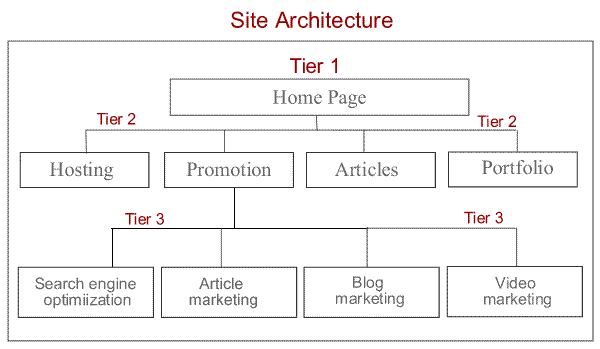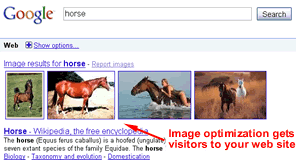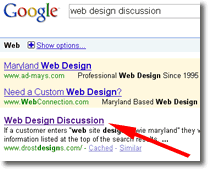If your website is not structured incorrectly it will affect your rankings. Google and other search engines find websites based on links. External links refer to links pointing to your website from other sites whereas internal links refer to links contained within your site. If your site architecture doesn’t include links to all your pages search engine crawlers won’t be able to find them.
What’s the correct architecture for your site?



